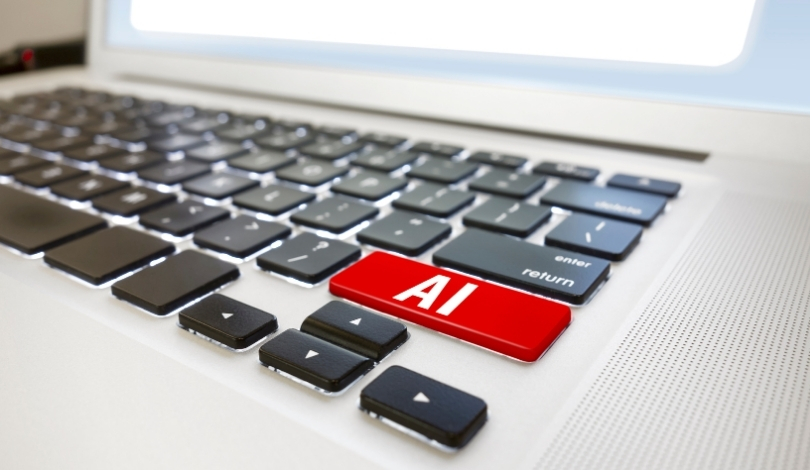OpenAI is adopting new strategies to bolster the safety of its artificial intelligence models. By integrating automated red teaming techniques, the organization aims to identify and mitigate potential vulnerabilities more effectively. This initiative reflects the growing emphasis on responsible AI development in the tech industry.
OpenAI primarily utilized manual red teaming, engaging experts to test models like DALL·E 2 for weaknesses. Expanding to include automated approaches signifies a notable shift towards more comprehensive and scalable risk assessment processes.
How Do Automated Red Teaming Methods Enhance AI Safety?
Automated red teaming allows for the rapid identification of potential errors across a broader range of scenarios.
“We are optimistic that we can use more powerful AI to scale the discovery of model mistakes,”
OpenAI stated. This scalability ensures that AI models can be thoroughly tested against diverse and complex risks, enhancing overall safety.
What Are the Key Elements of OpenAI’s Red Teaming Approach?
OpenAI’s approach includes assembling diverse red teams with varied expertise, granting controlled access to different model versions, providing clear guidelines and documentation, and meticulously synthesizing and evaluating the data gathered during campaigns. These elements work together to ensure comprehensive risk assessments and informed safety enhancements.
Can Red Teaming Adapt to Future AI Developments?
Red teaming must continuously evolve to keep pace with advancements in AI technology. As models become more sophisticated, the methods to exploit their vulnerabilities also advance. OpenAI recognizes the necessity of regularly updating red teaming protocols to address emerging threats and maintain the effectiveness of safety measures.
By combining human expertise with automated tools, OpenAI ensures that its AI systems are robust against potential abuses and misuses. Engaging a variety of external experts during red teaming campaigns enriches the evaluation process, helping to establish critical safety benchmarks and continuously improve the models’ resilience.
The integration of automated red teaming into OpenAI’s safety protocols marks a pivotal advancement in AI risk management. This hybrid approach not only accelerates the discovery of model vulnerabilities but also broadens the scope of safety evaluations. For stakeholders and developers, understanding these enhanced methodologies can inform better practices in deploying secure and reliable AI systems.










